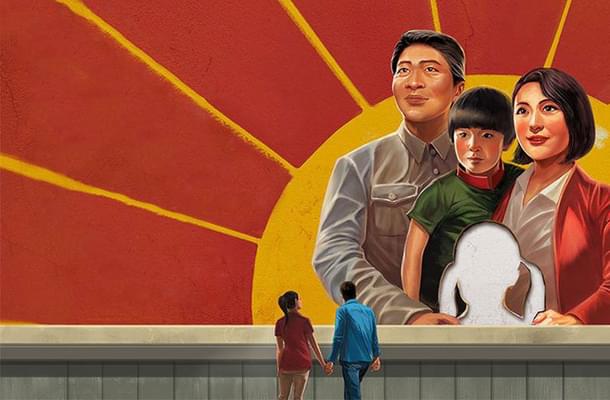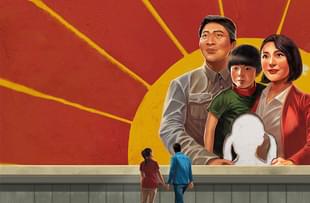News Brief
As Birth Rates Hit New Low, China Is Now Incentivising Couples To Have Three Children
Swarajya Staff
Jul 23, 2021, 07:21 PM | Updated Jul 24, 2021, 10:24 AM IST
Save & read from anywhere!
Bookmark stories for easy access on any device or the Swarajya app.


With the number of births expected to hit a new low this year, the Chinese authorities have rolled out a range of support to encourage couples to have more children.
In May this year, the Chinese Communist Party relaxed the country’s two-child policy introduced in 2016 to allow couples to have three children.
Yang Wenzhuang, head of an NHC department in charge of families and children, was quoted as saying by the SCMP that his department would focus on introducing policies to actively encourage more births.
“This time, the central government has clearly put forward supporting measures and a three-child birth policy as an overall package, considering factors such as marriage, childbirth, upbringing and education as a whole,” he said.
The support measures people having children include lower childbirth and education costs; and the abolition of notorious fines for violating birth control policies, which in some cases could be up to eight times a person’s annual income.
Authorities will also reportedly remove the conditionality imposed based on the number of children in a family on household registration, school enrollment and employment.
Primary and middle schools will have to extend the school day by at least two hours five days a week to reflect the needs of working parents. Half a million low-cost child care places will be added in 150 cities and at least 90 per cent of the children of kindergarten age will have places by 2025. Nursery schools for children under 3 years old will be expanded from 1.8 per 1,000 people to 4.5.
This comes six years after the country rolled back its one-child policy in 2015.
Why Three-Child Policy?
The reason behind the move are anxieties regarding rapid greying of the population and the shrinking number of people of working age, even while the country struggles to break out of the "middle income trap".
The country’s working age population has been declining since 2012, and as early as 2013 some economists declared that China had begun to enter the “Lewis Turning Point” — where worker wages begin to rise faster than the rate of inflation because the surplus labor pool has been exhausted.
China introduced its one-child policy around the same time as its economic reforms aimed at attracting foreign investment for low cost manufacturing. During the nearly three decades of the policy, live births dropped from 22.5 million per year in the early 1980s to around 16-17 million by 2005.
In 2020, the number of newborns in China plummeted 15 per cent from a year earlier to just 10.035 million. This year, with the added impact of the economic uncertainties brought on by COVID-19, the number of births is expected to hit a new low.
In the 1990s, the fertility rate fell to just 1.2-1.3. It bounced back to 1.58 in 2017 after removal of the one-child policy. It is now again on a downward slide, falling from 1.49 in 2018 to 1.47 in 2019. According to the population economist James Liang, it might return to 1990s levels.
Currently, about a fifth of Chinese citizens, around 250 million people, are aged 60 and above. By the year 2050, the number of elderly in China is expected nearly to double, from 254 million today to almost 500 million. Meanwhile, the country’s labour pool is shrinking – with the number of people aged 15 to 69 years falling to 890 million last year from a record 940 million in 2011.
With a rapidly aging population and a shrinking workforce, tax revenue will contract, while expenditure on pensions and health care will increase. Smaller pool of labour would mean low cost manufacturing would shift to more attractive destinations like Vietnam, Bangladesh etc.
To deal with this, Chinese president Xi Jinping has formulated a modernisation programme for the economy. However, his centralising tendency and high handedness, demonstrated in the crackdown on big corporate giants like Didi and Alibaba, pose a big hurdle.
China is aiming to climb the value chain in manufacturing and services, and focusing on domestic consumption instead of export-led growth in the future. It is hoping to capitalise on the "talent dividend" as opposed to the demographic dividend.





